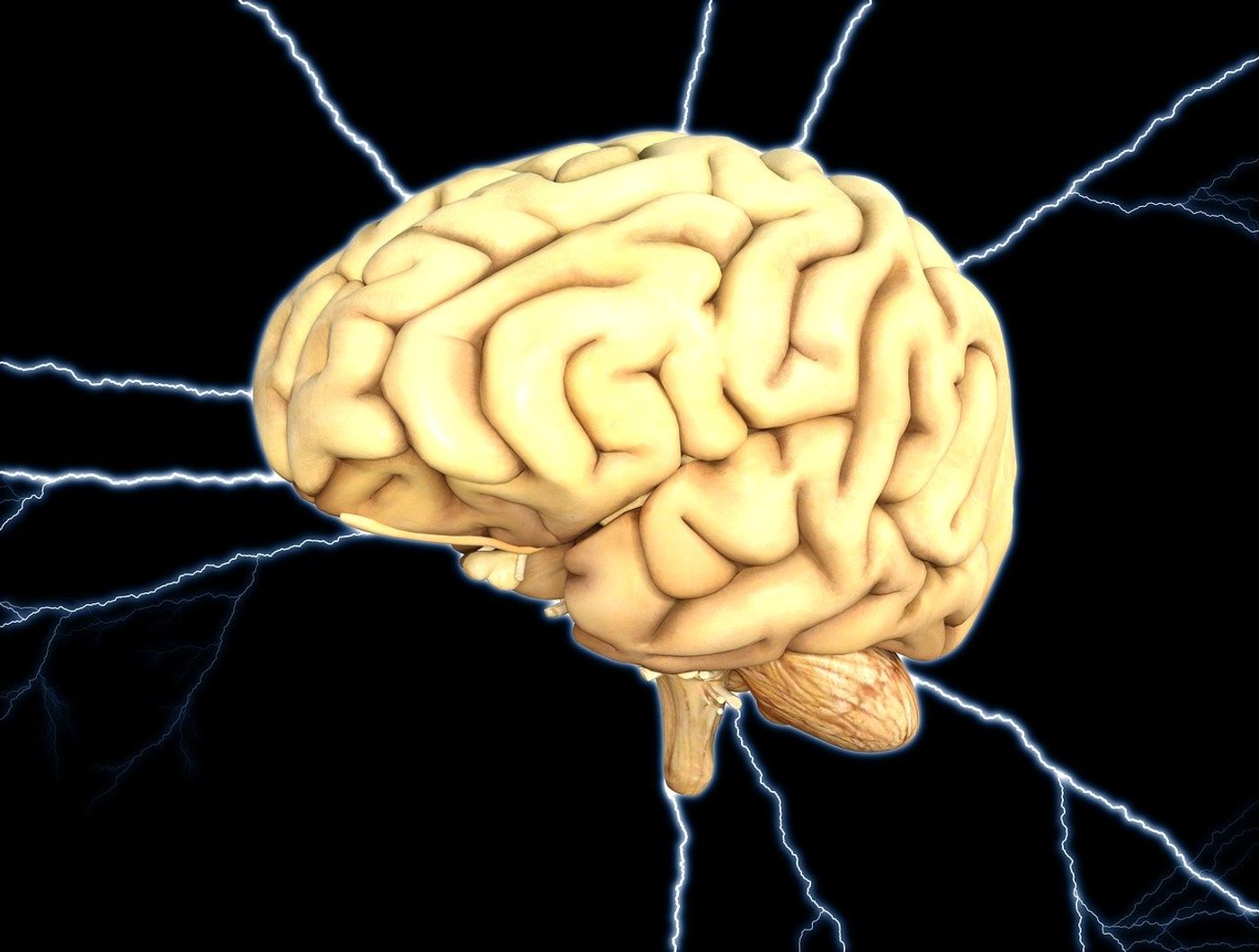2-In-1: Stroke Scans Also Diagnose COVID
King’s College London researchers took a closer look at emergency room CT scans of patients suspected of having a stroke and made a surprising discovery: the scans could also be used to indicate the presence of COVID-19 infection.
The study, published in the American Journal of Neuroradiology saw the researchers examining over 200 carotid CTA scans of the blood vessels in the head and neck of patients who were admitted to the stroke unit.
They noticed that in around 20 percent of the scans, the upper regions of the lungs showed ground glass opacity or GGO. This is a term used in radiology to describe the slightly hazy opacity in the respiratory system, indicating that the air spaces in the lungs have partially filled up with fluid.
When put side by side with the COVID-19 diagnostic tests, the authors found that the presence of GGO in CT scans was a solid diagnostic marker of infection, with 75 percent sensitivity and 81 percent specificity. GGO in the lungs was also found to spell bad news for patients, spiking their risk of mortality in the month following the find.
According to the team, this serendipitous finding can limit avoidable exposures of hospital staff to infected patients.
“The implications of our findings plausibly include the earlier selection of the appropriate level of personal protective equipment and attendant staff numbers, triage to appropriate inpatient ward settings, self-isolation, and contact tracing,” the team explained.
“Biomarkers, such as a scan positive for GGO, should heighten awareness of a potential positive case, possibly changing staff personal protective equipment requirements and also directing a patient to a side room instead of an open ward, pending RT-PCR results.”
Sources: Diagnostic Imaging, American Journal of Neuroradiology.









